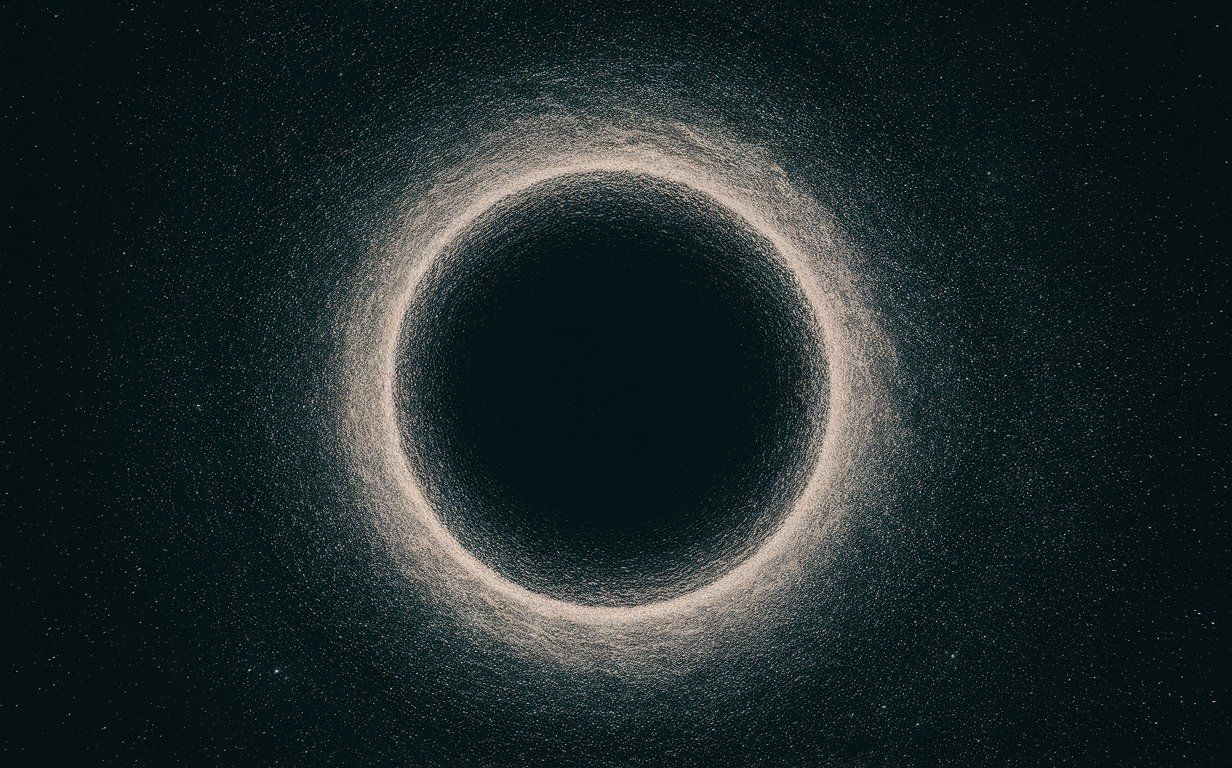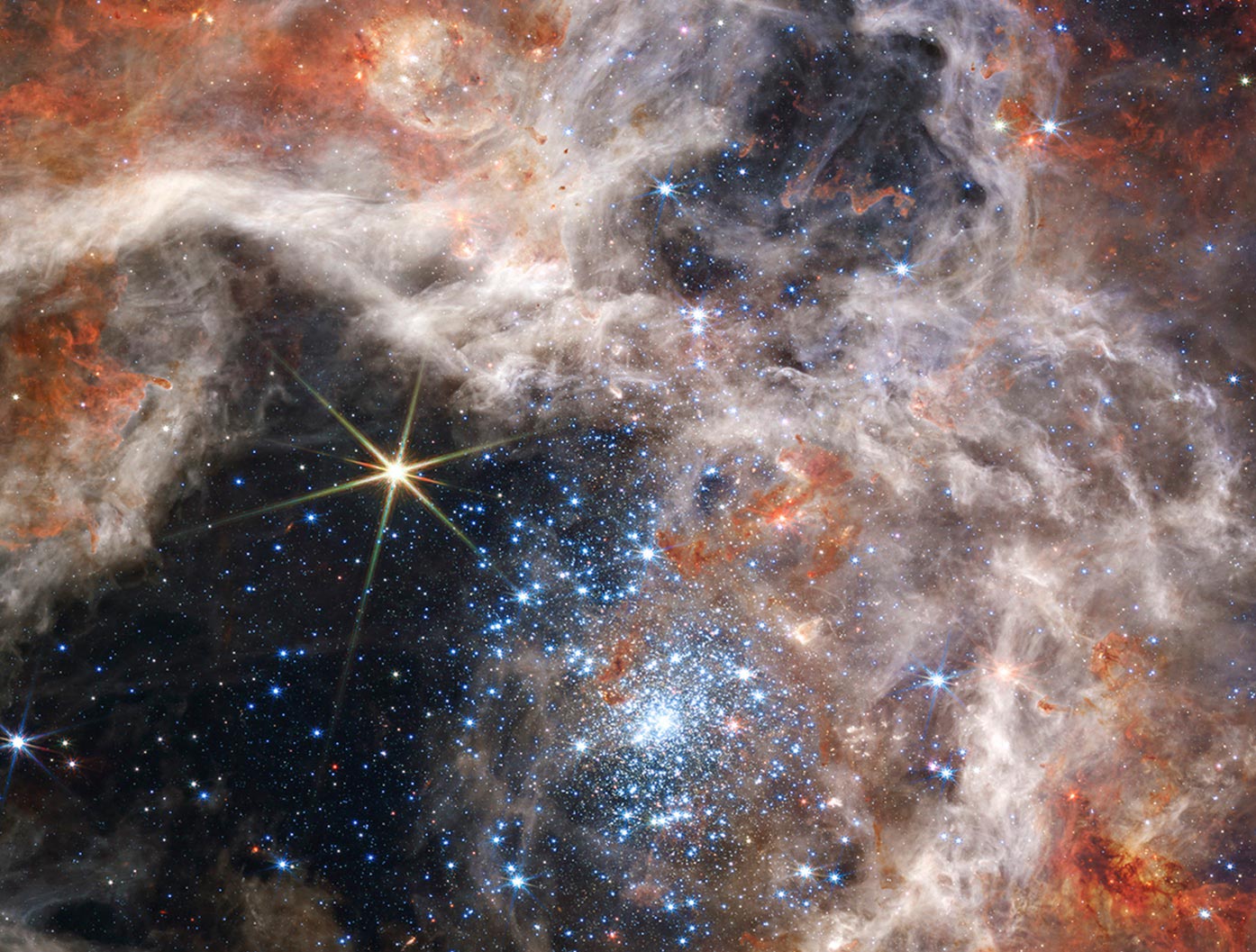Stars mysteriously disappearing from the sky: an intriguing explanation
Follow us on Google News (click on ☆)
One day, the Sun will begin to expand until it engulfs the Earth, then it will become unstable before contracting into a dense white dwarf. If the Sun were eight times more massive, it would eventually explode in a supernova, ejecting energy and matter into space, leaving behind a neutron star or a black hole.

Researchers at the Niels Bohr Institute in Copenhagen have found evidence that very massive stars can disappear without an explosion. Their study suggests that the gravity of these stars is so strong that they collapse directly into black holes.
Alejandro Vigna-Gómez, the study's lead author, explains that the core of a star can collapse under its own weight, becoming a black hole without going through a supernova explosion. This could explain the sudden disappearance of some bright stars recently observed.
The binary system VFTS 243, recently observed at the edge of the Milky Way, is peculiar. It contains a star and a black hole approximately ten times more massive than the Sun. Unlike other similar systems, VFTS 243 shows no signs of a past explosion, which is unusual.
Astronomers typically classify black holes into three types: stellar black holes, supermassive black holes, and intermediate-mass black holes. Stellar black holes, like those in VFTS 243, form when massive stars collapse. Supermassive black holes are found at the centers of galaxies, while intermediate-mass black holes, once theoretical, have recently been detected.

View from the Webb Space Telescope of the Tarantula Nebula, where VTFS 243 is located.
Credit: NASA, ESA, CSA, and STScI
The VFTS 243 system has no significant "natal kick," a typical acceleration of orbital objects following a supernova. Furthermore, the nearly circular orbit of the system suggests the absence of a violent explosion.
Researchers analyzed observational data to find signs of a past explosion but only found minor evidence. Their analysis suggests that the energy released during the collapse was mainly in the form of neutrinos, low-mass particles that interact weakly.
This unique binary system will serve as a reference for future studies on stellar evolution and star collapse, helping to validate theoretical models. According to Professor Irene Tamborra, this system is the best observable example of a black hole formed by total collapse, without a supernova explosion.